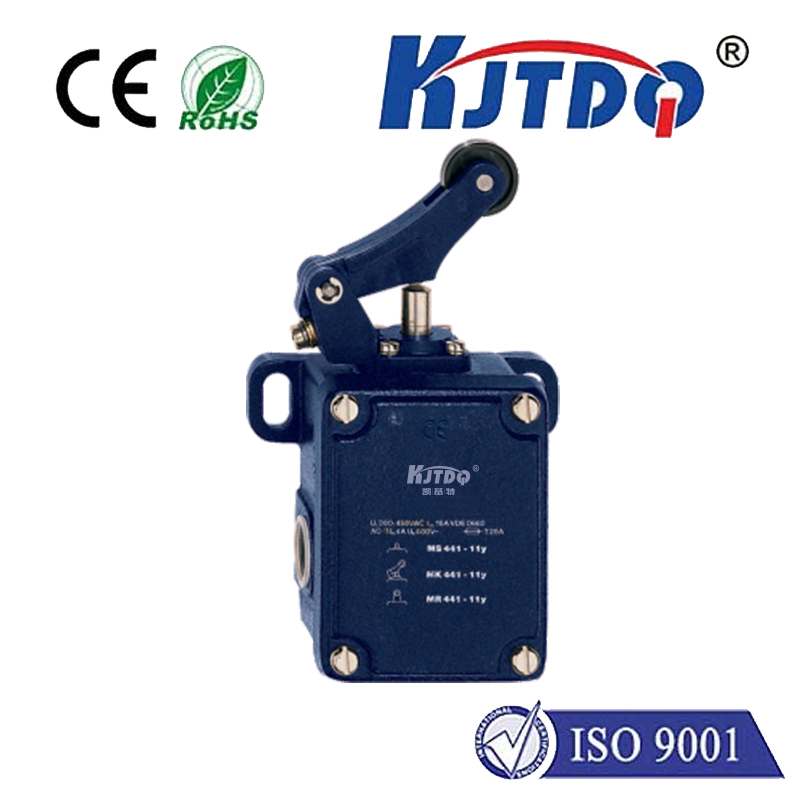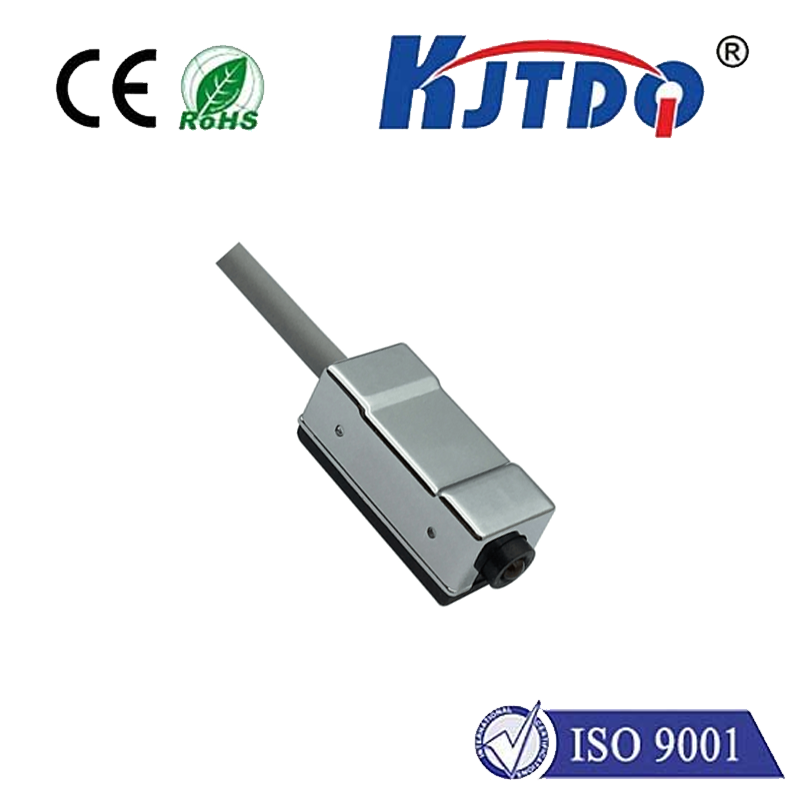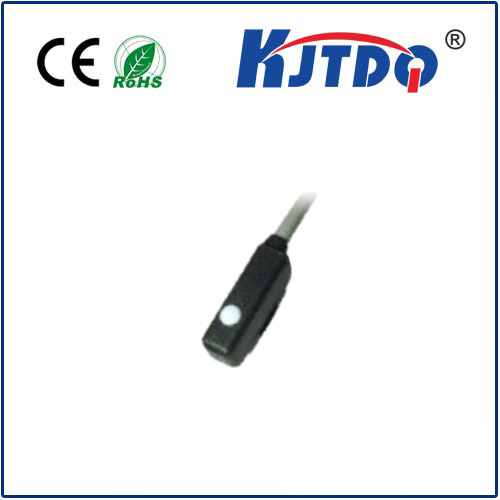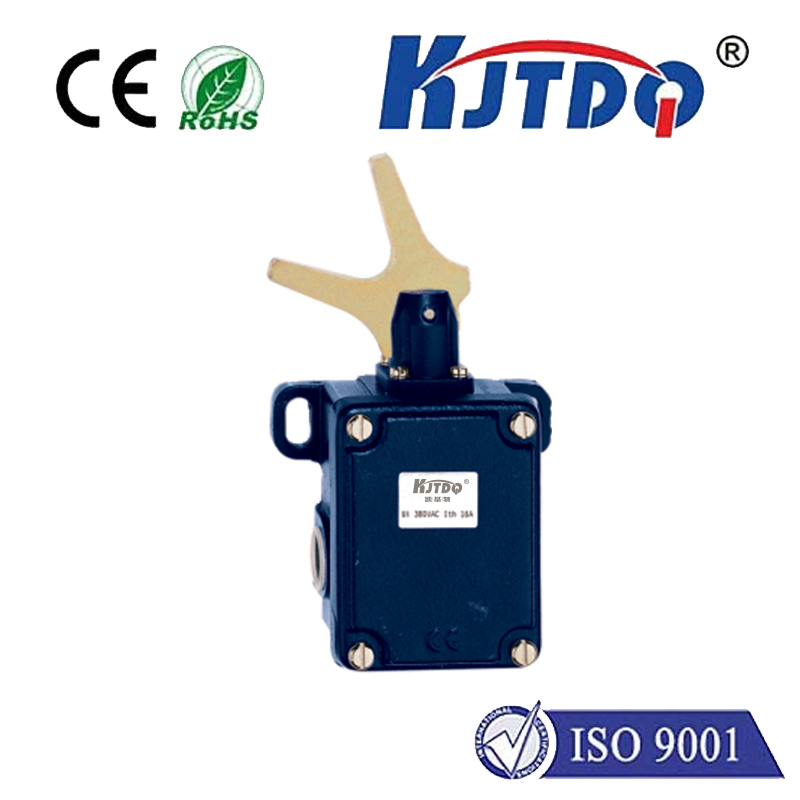

check

check

check

check
E2B: The Evolution of Business-to-Business Communication in the Digital Age
In the rapidly evolving digital landscape, the way businesses interact has transformed dramatically. One of the most significant shifts is the rise of E2B—short for Enterprise-to-Business—which has become a cornerstone of modern commerce. As companies grow and operate on a global scale, the need for efficient, scalable, and secure communication between businesses has become increasingly critical. E2B is not just a trend; it is a fundamental shift in how enterprises conduct business, enabling seamless collaboration, data sharing, and real-time decision-making.
The concept of E2B is rooted in the idea of business-to-business communication that is optimized for enterprise-level operations. Unlike traditional business-to-consumer (B2C) models, E2B focuses on transactions, partnerships, and information exchange between two or more businesses. This model is characterized by high-level data exchange, real-time processing, and enterprise-level integration. It has become essential for industries that require a high degree of coordination and efficiency, such as manufacturing, logistics, healthcare, and finance.

E2B has become a driver of innovation and growth in the business world. It allows companies to streamline operations, reduce costs, and improve customer satisfaction. With the advent of technologies like cloud computing, artificial intelligence, and blockchain, E2B has evolved to support more complex and secure interactions between businesses. These technologies enable real-time data sharing, automated workflows, and secure transaction processing, making E2B a vital component of modern enterprise infrastructure.
One of the key advantages of E2B is its ability to reduce transaction costs and improve transparency. In traditional business models, information often flows between different departments or even between different enterprises, leading to delays and inefficiencies. E2B, on the other hand, enables end-to-end communication, ensuring that data is shared seamlessly and securely. This is particularly important for large organizations that have multiple branches or subsidiaries, as it allows for centralized control and real-time updates.
Moreover, E2B supports scalability and flexibility in business operations. As businesses grow and expand, the need for more robust and adaptable communication systems becomes evident. E2B platforms offer multi-tenancy, modular architecture, and customizable workflows, making them suitable for both large and small enterprises. This adaptability ensures that businesses can scale their operations without compromising performance or security.
In addition to its operational benefits, E2B also enhances customer experience. By enabling businesses to communicate and collaborate more effectively, E2B helps in building stronger relationships with clients and partners. It allows for real-time feedback, predictive analytics, and personalized interactions, which are essential in today’s competitive market.
The future of E2B looks promising, with emerging technologies like blockchain, machine learning, and 5G set to further transform the landscape. These technologies will enable decentralized business networks, smart contracts, and real-time data processing, making E2B even more efficient and secure. As businesses continue to adopt these technologies, the role of E2B will become even more critical in shaping the future of global commerce.
In conclusion, E2B is not just a model of business communication—it is a fundamental shift that has redefined how enterprises interact, collaborate, and thrive in the digital age. As the business world moves forward, the importance of E2B will only grow, driving innovation and efficiency in global commerce.









